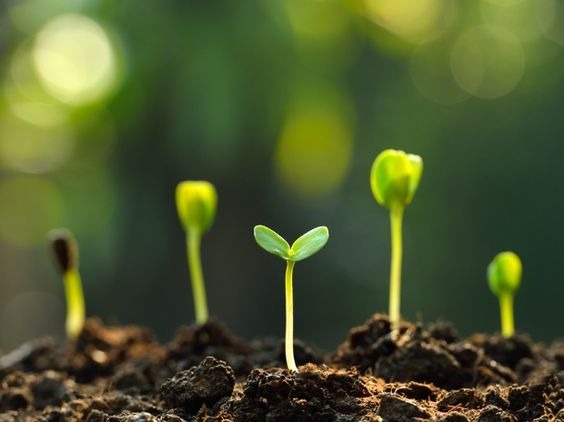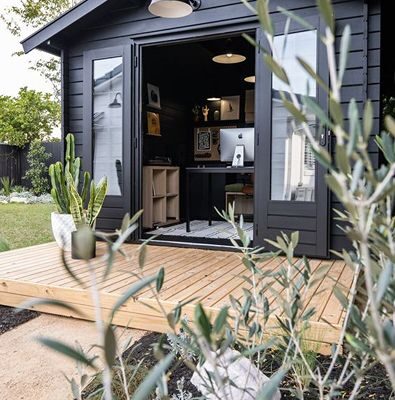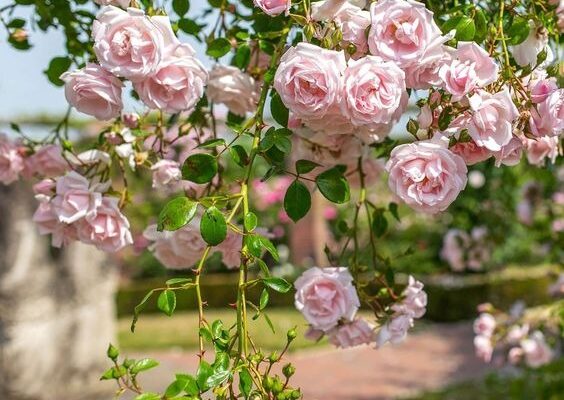A Beginner’s Guide to Gardening: 11 Tips
Gardening can have a significant positive impact on a person’s life. Firstly, gardening provides an excellent opportunity for physical exercise, which can help to improve overall health and wellbeing. Digging, planting, and weeding are all great forms of exercise that can help to strengthen muscles, improve cardiovascular health, and reduce stress levels. Additionally, spending time outdoors in the fresh air and sunlight can also have a positive effect on mental health, as it can reduce symptoms of depression and anxiety.
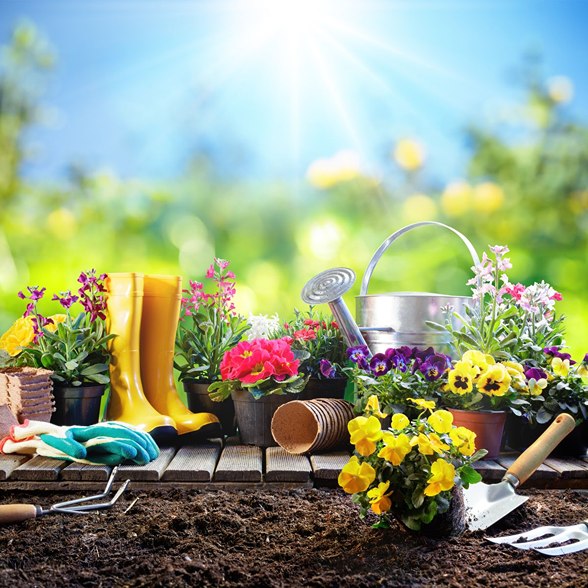
Moreover, gardening can also provide a sense of accomplishment and satisfaction as you see your hard work pay off in the form of beautiful and healthy plants. It can be a rewarding experience to grow your fruits and vegetables or create a vibrant garden space that you can enjoy with family and friends. Gardening also provides an opportunity to connect with nature and appreciate the beauty and complexity of the natural world. In summary, gardening can have physical, mental, and emotional benefits that can enhance one’s overall quality of life. If you are a beginner here are 11 successful garden tips for you:
1. Finding the Perfect Spot for Your Garden
While it may seem self-evident, not all plants can thrive in every location. The flora that is suitable for your garden is determined by your geographical location, including climate and exposure to sunlight. It is essential to consider these factors as you begin your gardening journey, in order to understand both the possibilities and limitations. Seeking advice from a local garden center professional regarding the best native plant species for your region is highly recommended. Like real estate, gardening is all about location, so it’s important to choose a spot for your garden in your yard where it’s visible to you. This will make it easier to tend to your plants as the saying goes “out of sight, out of mind” holds true in successful gardening as well.
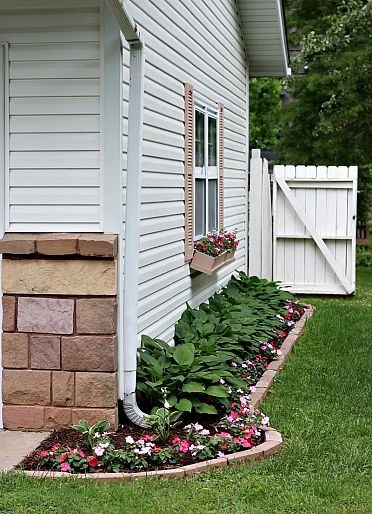
2. The Importance of Water Source Proximity
An essential tip for successful gardening is to strategically plan your garden close to a water source. This means ensuring that you have easy access to a hose, so you don’t have to carry water to your garden each time your plants require watering. Not only does this save time and effort, but it also ensures your plants get the right amount of hydration, which is crucial for their growth and overall health.
To determine when your plants require watering, it’s recommended to push a finger about an inch down into the soil, roughly the depth of one knuckle. If the soil feels dry at this depth, it’s time to water your plants. However, be mindful not to overwater them as this can lead to root rot or other issues. Strive to maintain consistent moisture levels, and consider using mulch to help retain moisture in the soil.
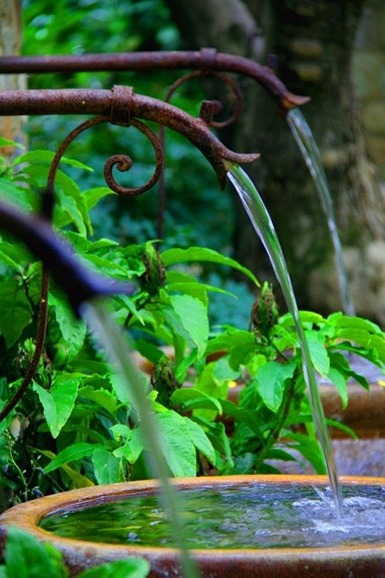
3. Understanding Sunlight in Your Yard
A common mistake for beginner gardeners is underestimating the importance of sunlight. Take the time to observe the patterns of sunlight in your yard before selecting a spot for your garden. It’s crucial to know which areas receive the most sunlight and for how long. Keep in mind that most edible plants, such as vegetables, herbs, and fruits, require at least six hours of direct sunlight each day to grow healthy and strong. Without sufficient sunlight, plants may become weak, produce less fruit, or even die. Therefore, be sure to choose a location for your garden that receives ample sunlight throughout the day.
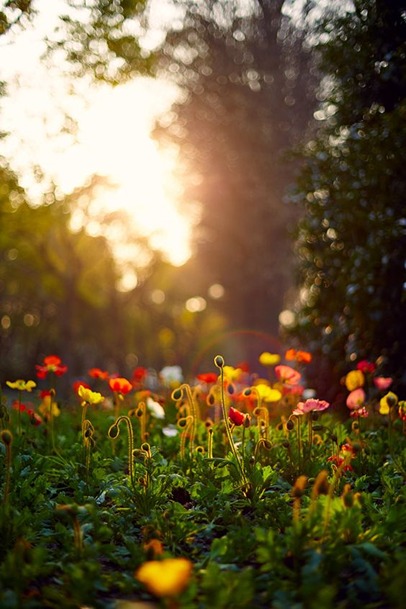
4. How to Water Your Plants for Optimal Growth?
It’s essential to provide your plants with a consistent and adequate amount of water. “Consistent” means watering them regularly, while “ample” means providing enough water, which varies depending on the plant’s specific needs. To ensure your plants receive enough water, make sure to water deeply so that the water penetrates the soil rather than just moistening the surface.
Newer plants with underdeveloped root systems require more frequent watering than established ones. As for the best time of day to water your plants, it’s recommended to do so in the early morning before the temperature rises too high. This allows the plants to absorb water effectively. Avoid watering your plants in the evening as it may increase the likelihood of developing fungus and other diseases. By following these watering tips, you’ll ensure that your plants stay healthy and thrive in your garden.

5. Creating the perfect soil blend
A crucial factor in starting a successful garden is the soil you use. It’s essential to invest in nutrient-rich and well-drained soil to provide your plants with the necessary nutrients and growing conditions.
One way to achieve this is by mixing 3 inches of well-drained garden soil into the top 6 to 8 inches of your existing soil if you plan to plant directly in the ground. This method will help create the ideal blend of nutrients, moisture retention, and drainage.
Alternatively, if you’re planting in a raised bed, it’s essential to choose soil that’s perfect for raised bed growing. This type of soil is specifically formulated to be lightweight and have the right texture for raised beds. It provides adequate drainage, moisture retention, and nutrients for optimal plant growth.
Investing in the right soil for your garden will help ensure that your plants have everything they need to thrive and produce a bountiful harvest.
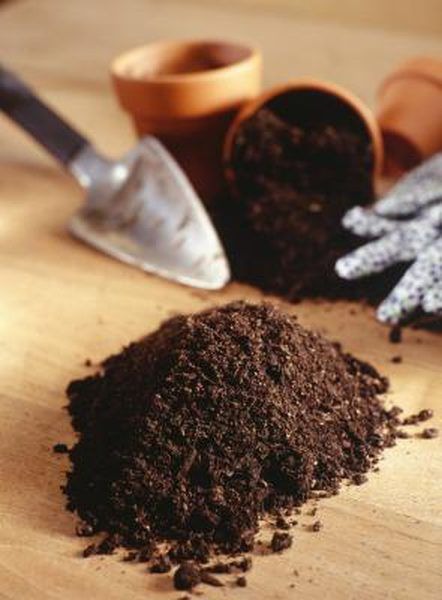
6. Maximizing Space with Container Gardening
If you have limited space for gardening, consider using containers. With containers, you can grow a wide variety of plants, including vegetables, herbs, flowers, fruit trees, berries, and shrubs. When selecting containers, make sure they are large enough for the plants you want to grow, and fill them with Potting Mix, which is specially designed to help plants in pots thrive. Potting Mix not only provides the necessary nutrients for healthy plant growth, but it also helps prevent issues like over-watering or under-watering, which can be a common problem in container gardening.
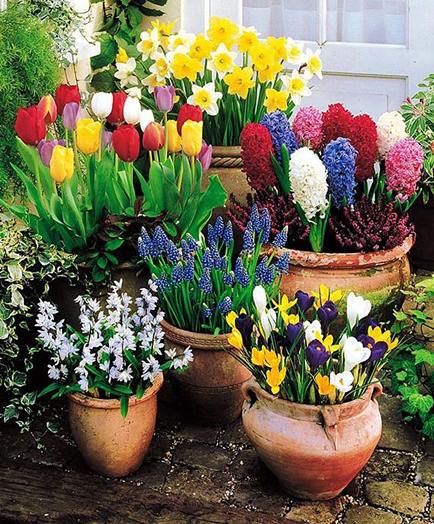
7. Choose the Best Plants
To ensure successful gardening, it’s crucial to choose plants that are suitable for your growing conditions. This involves selecting plants that thrive in the amount of sunlight, temperature, and space available. For instance, sun-loving plants should be placed in a spot that receives ample sunlight, while heat-tolerant plants should be chosen in warm climates. Vines like pumpkins and melons require plenty of space or a trellis to climb.
To make the best decisions, it’s essential to research and select varieties that are well-suited for the area you live in and the available space. For growing herbs and vegetables, it’s recommended to start with young and healthy plants instead of trying to grow from seeds, as it provides a head start for a successful harvest.
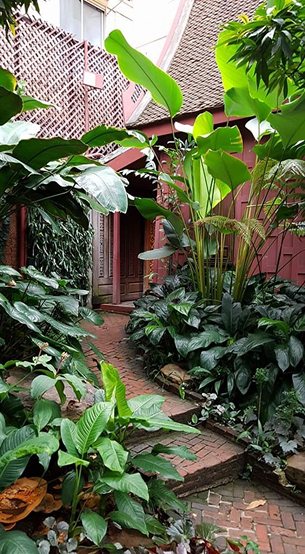
8. Start with Easy-to-Grow Veggies
Growing vegetables is an enjoyable and accessible way to start your gardening journey. Unlike other plants that take a long time to mature, vegetables generally have shorter growth cycles, which means you won’t have to wait months to see results. If you make a mistake, it’s easier to start over and try again.
If you’re based in Pakistan, Bangladesh or India, you may consider growing coriander, green chili, spinach, or tomatoes, as these are easy-to-grow vegetables that are well-suited to the climate and growing conditions in these regions. These vegetables can be cultivated with relatively low maintenance and are excellent choices for beginner gardeners.
As you witness your plants’ early successes, you’ll likely find it inspiring and want to expand your gardening skills by experimenting with more challenging plants. Remember, gardening is a continuous learning process, and the more you practice, the more you’ll grow in confidence and expertise.
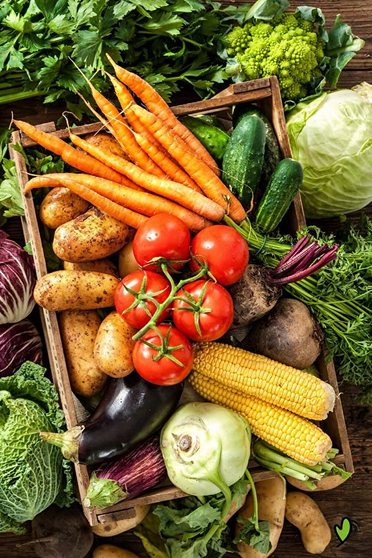
9. Proper Plant Spacing and Arrangement
To prevent overcrowding in your garden, it’s crucial to do some research on the plants you plan to grow to understand their growth patterns and how much space they require. Generally, perennials, which are plants that live for more than two years, should be spaced around 18 inches apart to allow for sufficient room for growth. This spacing will also create a fuller appearance in your garden right from the start.
Additionally, you should consider the height of your plants when deciding where to plant them. Shorter and creeping plants should be placed towards the front and edges of the garden bed, while taller plants should be located towards the back. This arrangement ensures that each plant has enough space to grow and can receive adequate sunlight.
Being mindful of the amount of sun exposure each plant needs is also essential when planning your garden. You should avoid placing taller plants that would block smaller ones or those that require a lot of sun in areas with excessive shade. Properly spacing and arranging your plants not only ensures their healthy growth but also creates an aesthetically pleasing garden that you can enjoy for years to come.
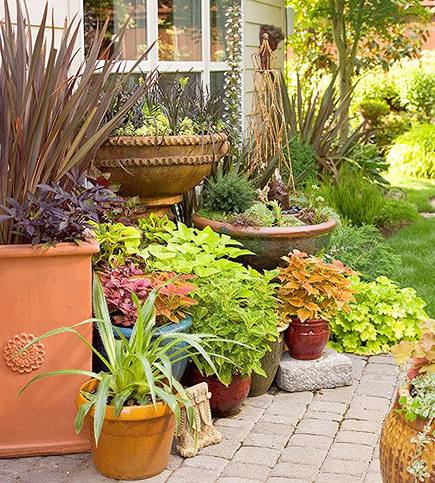
10. Avoiding Frost Damage
Timing is a crucial factor in gardening, and planting at the wrong time can lead to unfavorable outcomes. To avoid this, it’s important to be aware of the average frost dates for your region. The last average spring frost date is essential to know to prevent planting too early and exposing your plants to a sudden frost, which could damage or kill them. Similarly, the first average fall frost date is important to keep in mind to ensure that you harvest your crops or move them indoors before cold weather sets in.
To find out the average frost dates in your area, you can do some research or consult with local gardening experts. This information can help you plan your planting schedule and avoid any potential disasters caused by frost.
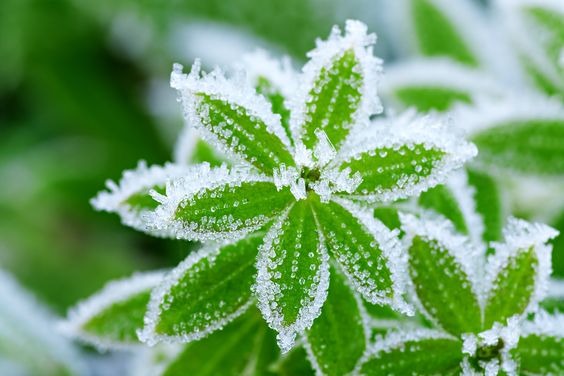
11. Why Taking Care of Your Garden Every Day Matters
While you may not need to work on your garden every day, consistent maintenance is crucial for its health and productivity. Taking the time to deadhead, weed, prune, and tidy up your garden will help you understand what your plants need to thrive. It will also allow you to observe how each plant responds to changes in weather and address issues such as infestations before they become severe.
If you notice that your plants are not growing as expected, it’s essential to check their roots carefully. Examining and digging around the soil will help you identify any underlying issues. Sometimes, the roots may need to be gently opened or teased so that they can spread out in the soil and access the necessary nutrients. By being attentive and proactive in your garden maintenance, you’ll ensure that your plants are healthy and thriving.
